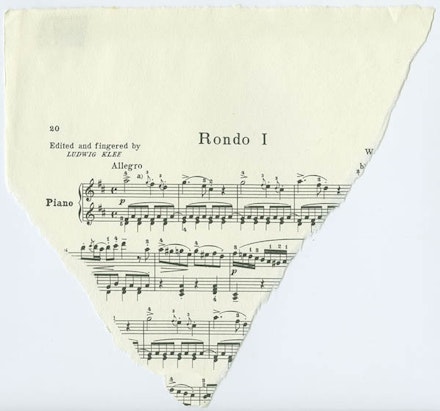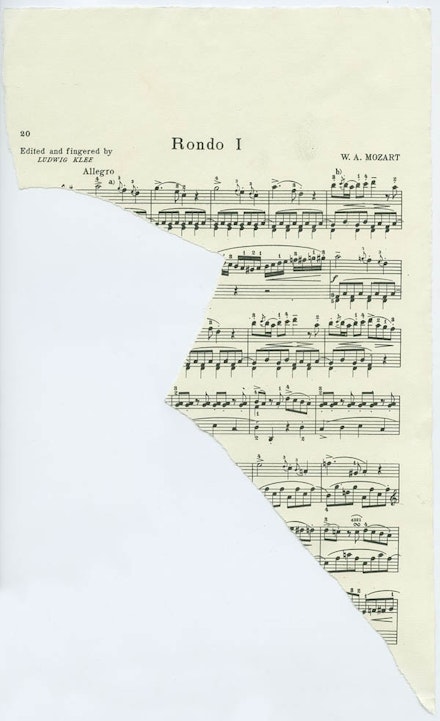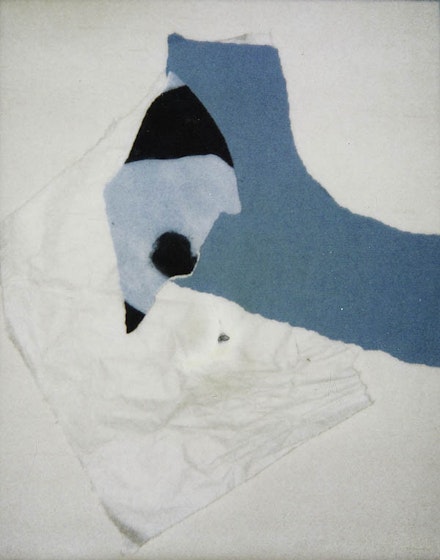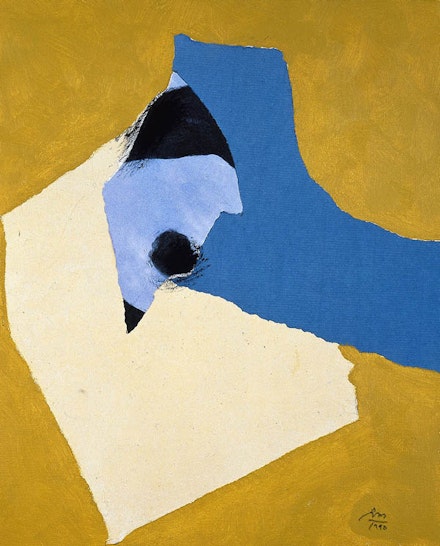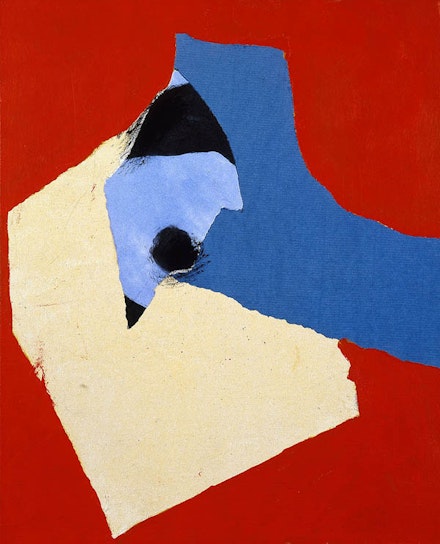Verbatim
Robert Motherwell: Interrelations
As early as 1947 Robert Motherwell understood how important process was to his work when he wrote, “I begin a painting with a series of mistakes. The painting comes out of the correction of mistakes by feeling. I begin with shapes and colors which are not related internally nor to the external world; I work without images. Ultimate unifications come about through modulation of the surface by innumerable trials and errors. The final picture is the process arrested at the moment when what I was looking for flashes into view.” In many ways the photographs, letters, and ephemera in the archives Motherwell left to the Dedalus Foundation reflect this emphasis on reworking and provide excellent evidence of how he went about this process in individual works.
The Dedalus Foundation archives contain tens of thousands of slides, Polaroids, transparencies, and prints, the bulk of which document individual artworks. Many of these images show early versions of collages and paintings. Especially in later years, Motherwell had professional photographers capture initial and intermediate states as a way of retaining evidence of the evolution of a work. A year before his death in 1991, Motherwell began a collage that he would eventually call Mozart Rondo. There are five different states of the work documented, first with Polaroids and then with transparencies. These images show how each new version responded to the previous ones, as Motherwell experimented with very different palettes and collage materials while retaining the structure of the core composition.
The final version of Mozart Rondo was then used as a model for a print (which was published posthumously). In fact, Motherwell’s way of working on this collage reflects the influence of printmaking on his work in other media. His desire to document various versions of a work is related to the way one can pull (and even publish) different states of a print. At the time that Motherwell created both this collage and the subsequent print, he had been working with the master printer Kenneth Tyler for nearly two decades. Tyler invented new printmaking processes that enabled Motherwell to take the commercial materials he so loved to use, such as cigarette wrappers and sheet music, and print them lithographically on different kinds of papers and often at different scales. The sheet music Motherwell used in Mozart Rondo was lithographically printed by Tyler on heavier weight, archival paper. Numerous torn versions of this lithographic facsimile sheet music were left in the materials in Motherwell’s collage studio at the time of his death and are now in the archives of the Dedalus Foundation.
All images © The Dedalus Foundation, Inc.


